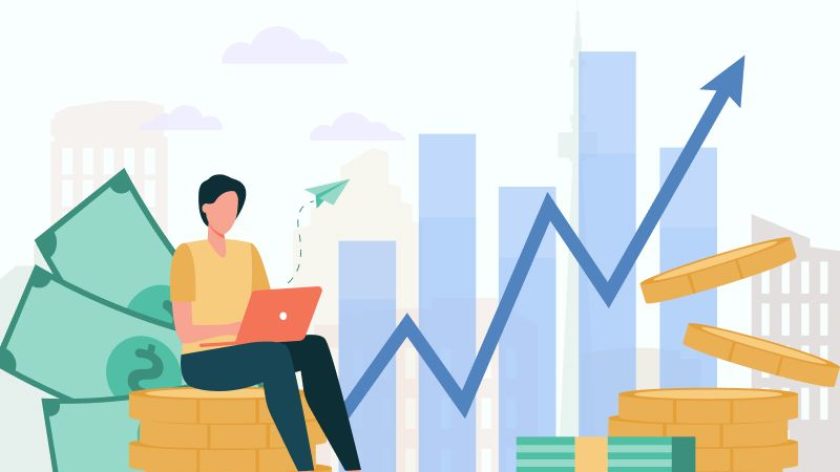Unraveling India's Capex Challenge

This post has been authored by Indu Dahiya, the Research Analyst Intern at Arthashastra Intelligence
Capital expenditure is the prominent highlight of the Union Budget 2022-23. It has increased by 35%, resulting in more than Rs. 7.5 lakh crore. The Centre and states together are planning Rs. 10.5 lakh crore of public spending and this is expected to have 3-4 times multiplier effect on economic activities.
Capital expenditure is government spending on investments or development towards the creation of assets such as infrastructure, education, defense, etc for long-term development of the nation. It has benefits extending years into the future and is expected to have a significant multiplier effect. With the injection of such a big amount in the system through capital expenditure, the government expects to gain three to four times more than it has invested. In other words, for Rs. 1 increase in capital expenditure by the Government, GDP is expected to increases by Rs3 to Rs 4. But how does that work? Take, for example, if a certain amount of money is invested in the building of roads, it will employ laborers which will increase their consumption, facilitate connectivity to more backward areas, which will provide them with more opportunities and more goods to consume and the government will earn through taxes. Thus, it will benefit the government, private industry, and households.
But economists and policymakers are apprehensive of the crowding-out effect. The basis of this argument is that there is limited savings and funds in an economy. If the government spends, this will increase the interest rates, since now there are relatively less funds to give to private players. This will discourage them to spend.
On the other hand, the Bond yield increased from 6.47% to 6.9% and hit a two-year high. The yield of 10-year government securities (G-Sec) is considered as the benchmark for the bond market and shows the overall interest rate scenario. There is an inverse relationship between the yield and the price of the bond. As the price of the bond goes up, the yield falls and vice versa.
The stronger the balance sheets, cash balances, and business trends of a nation, the less likely they are to default and thus there is a low yield on bonds. But investors expect a higher yield when the possibility of default elevates. They sell their bond holdings when they are not satisfied with the existing yield and buy bonds when they are willing to accept at lower yields. Yields are rising which shows a lack of confidence of investors and the credit could be given to the rising inflation, crude oil prices, and the lack of confidence in the budget allocation.
The increase in Capital expenditure is a move by the government to generate demand, accelerate economic growth and attract private investments, but this also might backfire on the government if there is a crowding-out effect. Let’s see what the future holds.
References:
- https://indianexpress.com/article/explained/rising-bond-yields-money-future-sitharaman-7755576/
- https://www.thehindu.com/business/Economy/greater-capital-expenditure-is-the-highlight-of-the-budget/article38366351.ece
- https://www.economicshelp.org/blog/glossary/crowding-in-effect/
